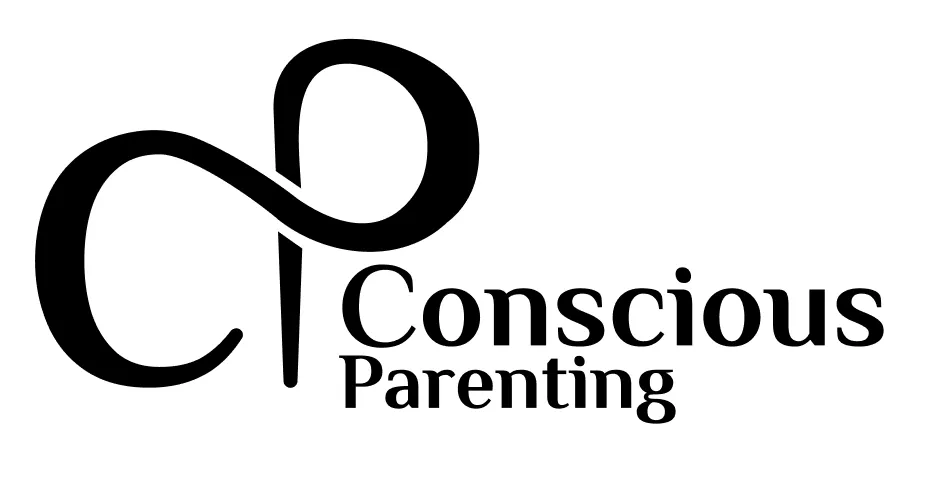
Underage Pornography and Sex
Current research underscores the growing concern around digital device use among children and its link to unintended exposure to pornography and inappropriate sexual content. Key studies and reviews highlight the nature of these risks, including findings about online behavior, accidental exposure, and resulting psychological impacts.
1. Technology-Assisted Harmful Sexual Behavior (TA-HSB): A comprehensive study published in 2017 by the National Society for the Prevention of Cruelty to Children - a UK-based charity focused on protecting children from abuse - delves into how children and adolescents engage in TA-HSB, which includes the unintended or deliberate exposure to pornography and inappropriate sexual material through digital means. The study found that 46% of all the children and young people who were assessed displayed some form of TA-HSB, including 7% who only displayed TA-HSB with no offline HSB (Harmful Sexual Behavior). Within the sample of boys and young men, the most common form of TA-HSB was the possession, making and/or distribution of indecent images of children (this includes sexting images). Other behaviors included:
Developmentally inappropriate use of pornography
Sexual harassment
Grooming - is a manipulative process where an adult (or another minor) builds a relationship, trust, and emotional connection with a child or vulnerable person with the intent to exploit them sexually, emotionally, or financially.
Sending sexual texts, including sexting without images
Exposing other children and young people to pornography.
68% of the boys and young men in the sample engaged in more than one form of TA-HSB. In most cases their TA-HSB was displayed towards another person.
2. Negative Effects on Mental Health and Relationships: NSPCC discusses the impact of frequent exposure to pornography on young people’s attitudes toward relationships and body image. Exposure often leads to unrealistic expectations regarding sex and relationships, and may desensitize young people to issues of consent and mutual respect. Youths exposed to online pornography reported more significant challenges in maintaining healthy relationships and often faced confusion around boundaries and consent.
3. Dangers of Underage Exposure to Explicit Content: Studies, such as the one highlighted by The Standard, highlights several dangers related to underage exposure to explicit content and pornography:
Exposure to pornography while searching the web: It is very easy for your child to be casually exposed to pornographic content while searching the web. Data shows that 1 in every 8 web searches is for erotic content. Sometimes children may come across porn or sexually explicit content online accidently by clicking on website pop-ups or misleading links. Children's exposure to pornography through everyday internet browsing can lead to skewed perceptions of relationships and sexuality, influencing behaviors and attitudes in unhealthy ways.
Exposure to unsuitable content while gaming: a lot of online video games contain content that is sexual, violent and has crude language. Other games that may seemingly appear safe are contained in adult websites with all manner of adult content. It has become increasingly easier for underage teenagers to buy mature-rated games online with some allowing kids to interact with total strangers who can be of negative influence.
Online predators: Your child falls at a great risk of meeting online predators when their internet use is not regulated. Predators are quite good at manipulating kids so as to build a relationship of dependence on each other. They will often take advantage of your kid’s need to be liked or their sexual curiosity. These interactions can lead to offline relationships or even kidnappings and abductions.
Sexting: Sexting refers to sending or receiving naked or partially naked images or videos via the internet on your mobile phone. Unfortunately a lot of kids are exposed to this. Out of curiosity and peer pressure, kids are engaging in sexually explicit behavior which could be forwarded as child pornography.
4. Digital Media and Behavioral Shifts: The Australian Committee on Children and Media notes that increased exposure to sexual content on digital platforms correlates with earlier and riskier sexual behaviors among adolescents. These behaviors include casual sexual encounters and an increase in sexually transmitted infections (STIs) in younger age groups. Digital platforms also make it easier for youth to engage in "casual foreplay" without considering long-term effects, often leading to regret and emotional distress.
5. Psychological Impact and Coping Mechanisms: Research suggests that some adolescents turn to explicit content as a coping mechanism for loneliness, anxiety, or boredom. This habit can lead to problematic pornography use (PPU), where adolescents rely on sexually explicit material to manage stress, potentially increasing anxiety and contributing to compulsive behavior patterns. Such exposure can also influence social norms, as adolescents often share and discuss pornography among peers, creating peer-driven pressures to engage in similar behaviors
6. Policy and Research Gaps: The Australian Parliament has reviewed evidence on child exposure to online pornography, noting a pressing need for more comprehensive data on age-specific exposure patterns, types of content accessed, and the modes through which children encounter explicit material. This review stresses the importance of informed, evidence-based policy to address and mitigate potential developmental harms from early and unintended exposure.
To summarize, multiple studies find correlations between online exposure to sexually explicit content and harmful sexual behavior among children and teens. Research recommends an integrative approach - combining awareness-building for parents, technological safeguards, and policy interventions - to help create safer online environments for children.
